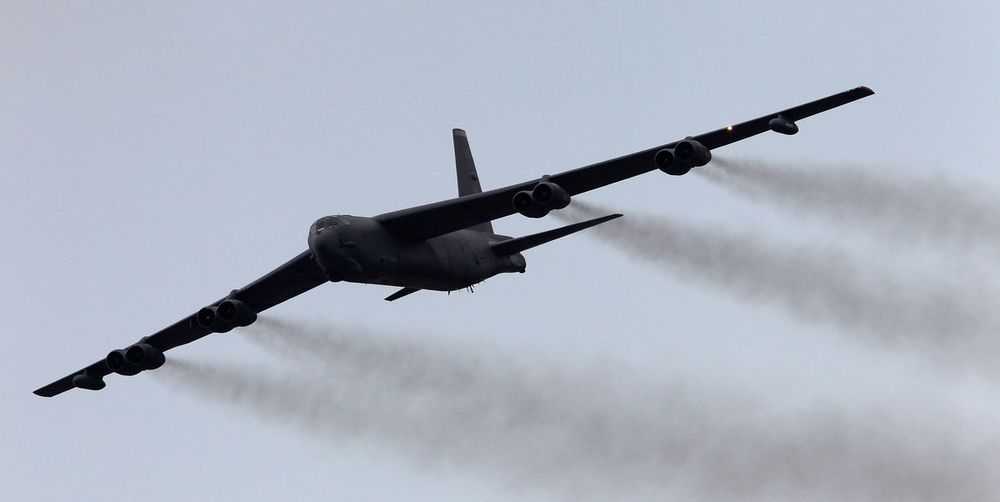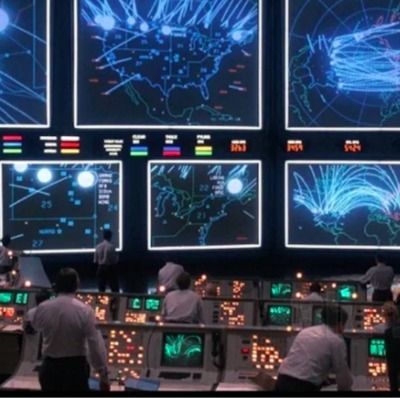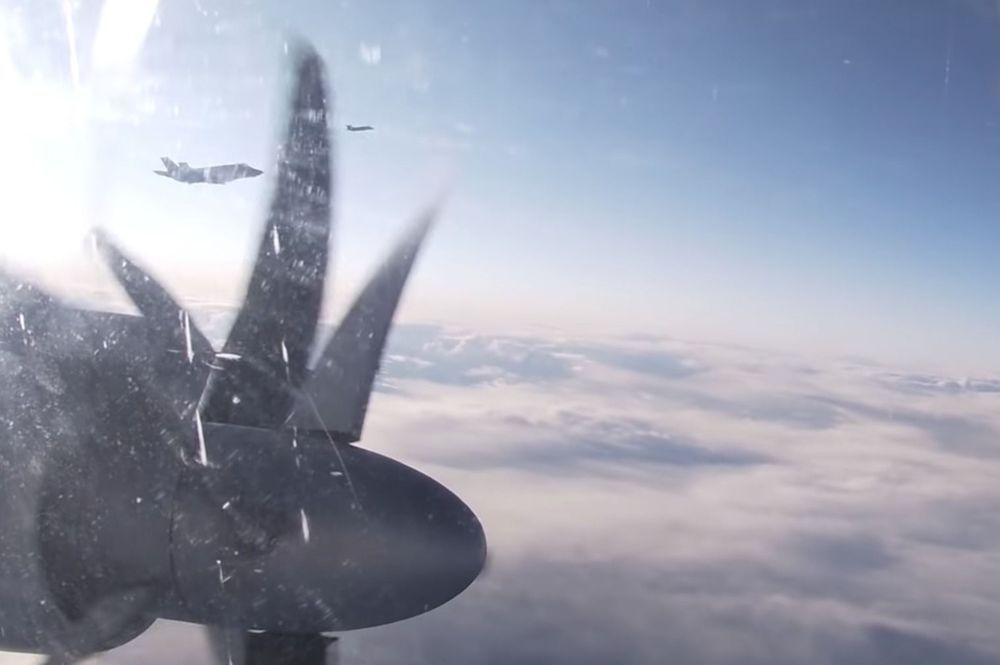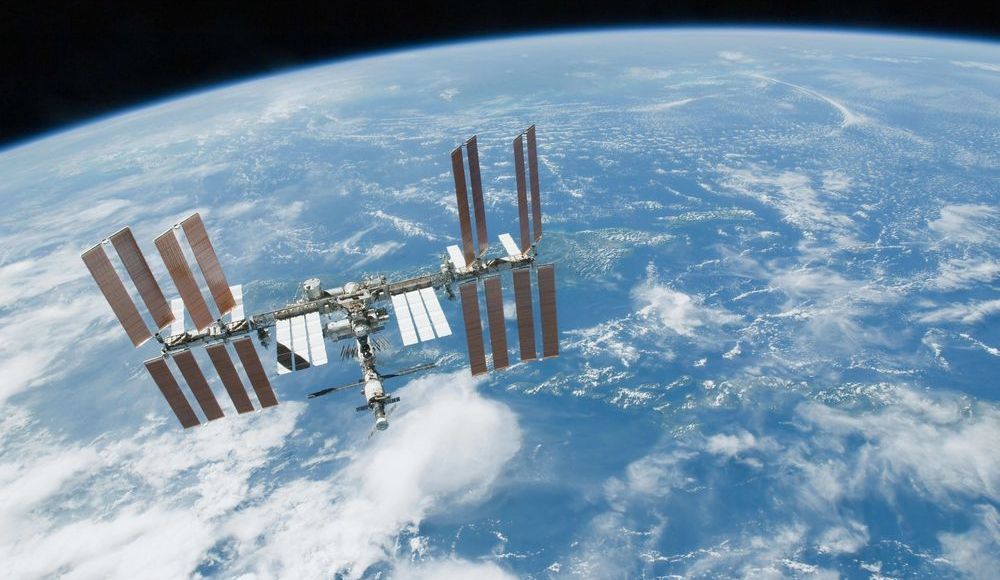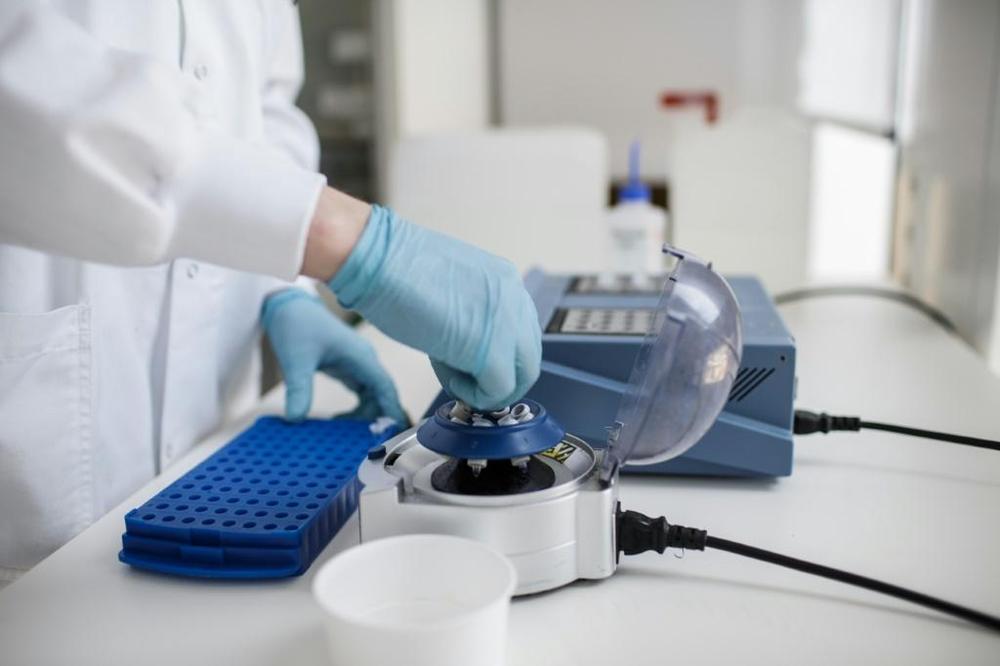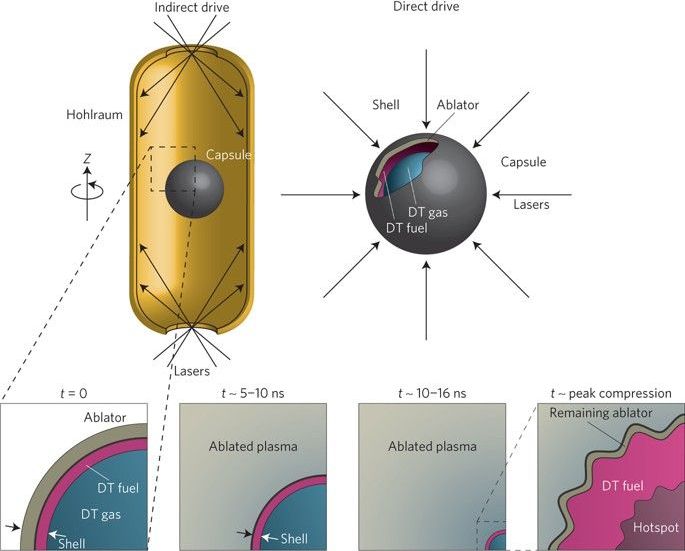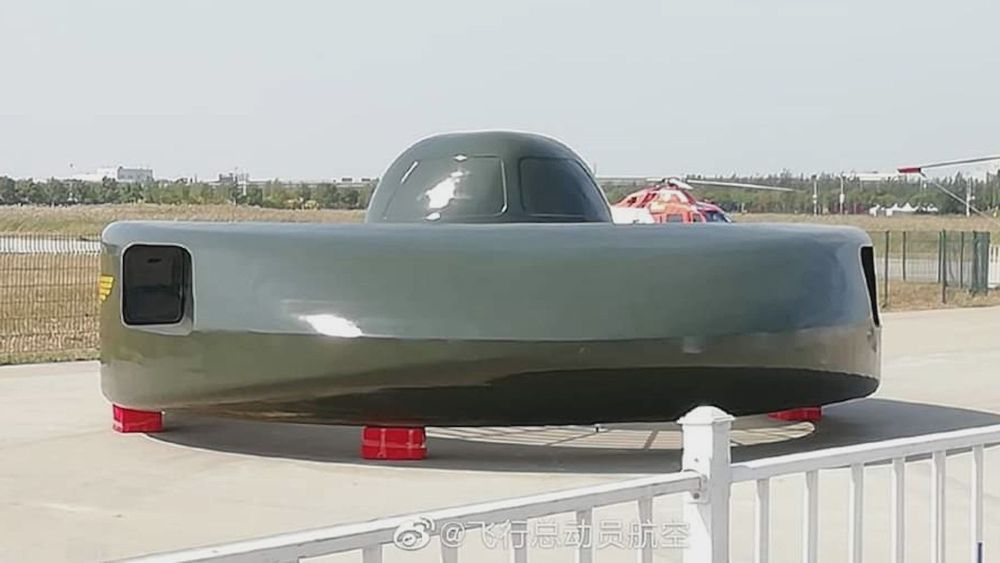The U.S. Air Force’s fleet of B-52H heavy strategic bombers are on track to becoming a fleet of flying centenarians. The service wants to purchase over 600 new engines for its B-52s, ensuring that the “Big Ugly Fat Fella” can fly on to 2050 or later. This will practically ensure that some bombers, delivered in the early 1960s, will still be dropping bombs in the early 2060s.
Category: military
The Pentagon has created top secret military artificial intelligence that has a higher intellect than humans.
A Defense Intelligence Agency experiment shows AI and humans have different risk tolerances when data is scarce.
In the 1983 movie WarGames, the world is brought to the edge of nuclear destruction when a military computer using artificial intelligence interprets false data as an imminent Soviet missile strike. Its human overseers in the Defense Department, unsure whether the data is real, can’t convince the AI that it may be wrong. A recent finding from the Defense Intelligence Agency, or DIA, suggests that in a real situation where humans and AI were looking at enemy activity, those positions would be reversed.
Artificial intelligence can actually be more cautious than humans about its conclusions in situations when data is limited. While the results are preliminary, they offer an important glimpse into how humans and AI will complement one another in critical national security fields.
British Air Traffic Control says Russia’s long-range military aviation, flying south outside Norway towards the North Sea, is posing a hazard to civilian air traffic.
SEAKR Engineering, Inc. has been awarded as the prime contractor for Defense Advanced Research Projects Agency (DARPA) Pit Boss contract to further expand its contractual work supporting the Blackjack program. The award for Phase I Option II is part of a three-phase effort seeking on-orbit demonstration of full processing capability in a multi-satellite constellation. SEAKR was first awarded a DARPA Pit Boss contract in October 2019.
DARPA’s Blackjack program focuses on integrating commercial satellite technologies into a constellation of military satellites. As sole prime, SEAKR will continue developing it’s Pit Boss solution to support the Blackjack program’s mission as a next generation on-board processor.
SEAKR said the solution will leverage off-the-shelf electronics adapted through design implementation to function reliably in space. The company said this award validates its program success in seeking on-orbit demonstration of state-of-the-art processing capability incorporating autonomous operations, Artificial Intelligence (AI), machine learning techniques, and bridged terrestrial and on-orbit technologies.
The VERDICT tool aims to allow systems engineers to assess cybersecurity even without deep expertise.
Investment in the fast-growing space industry was booming well into the first quarter of 2020 but private capital has largely frozen as the coronavirus pandemic strikes the U.S., leading both civil and military agencies to step up funding for corporate partners.
“We kicked into high gear as soon as it was apparent a lot of companies were not going to be able to conduct business as usual due to distancing requirements,” Mike Read, International Space Station business and economic development manager at NASA’s Johnson Space Center, told CNBC.
U.S. equity investment in space companies totaled $5.4 billion across 36 deals in the first quarter, according to a report Friday by NYC-based firm Space Capital. But the second quarter is likely to just see a fraction of that investment, according to Space Capital managing partner Chad Anderson, as deal flow in the U.S. will follow China’s path. Chinese investment in space was climbing by record amounts until the first quarter, when “activity in China was basically shut off,” Anderson said.
DARPA is working on a “temporary vaccine” that would serve as a “firebreak” that would provide immunity for several months until a regular vaccine is made available. The researchers used two different methods to manufacture and clone the most potent antibodies of coronavirus patient survivors. The.
An interesting article from Australia.
Australia is in an unusual situation, being at once potentially extremely self-reliant and in practice extremely vulnerable to disruptions in international trade.
Whereas disruptions could come from any one of many types of natural disasters or due to politics, I am glad to see that the Australians are seriously considering what it would require to maintain their civilization in the face of disruptions.
Only two or three generations ago most people were more or less self-reliant, and could have continued for years if trade had been cut off with discomfort but no serious threat to civilization itself. Regional scale natural disasters are not so uncommon that we shouldn’t expect at least one every few centuries, yet it seems our global civilization has somehow sleepwalked its way into a state of fragility in which a moderate disruption can threaten civilization everywhere.
I am glad that Australia is looking into ways to maintain essential services in the event of such disruptions, but hope they can resist the urge for heavy-handed central control which creates more problems than it solves. I expect and hope that governments all around the world are currently examining their own vulnerabilities and considering how to mitigate them.
We might be thankful for the current pandemic exposing these vulnerabilities in a way that does not seriously threaten civilization itself. Hopefully we will all learn from it.
A confidential report commissioned by the Department of Defence predicted medical shortages, panic-buying and mass job losses a year before the COVID-19 outbreak.
Circa 2016
The quest for controlled fusion energy has been ongoing for over a half century. The demonstration of ignition and energy gain from thermonuclear fuels in the laboratory has been a major goal of fusion research for decades. Thermonuclear ignition is widely considered a milestone in the development of fusion energy, as well as a major scientific achievement with important applications in national security and basic sciences. The US is arguably the world leader in the inertial confinement approach to fusion and has invested in large facilities to pursue it, with the objective of establishing the science related to the safety and reliability of the stockpile of nuclear weapons. Although significant progress has been made in recent years, major challenges still remain in the quest for thermonuclear ignition via laser fusion. Here, we review the current state of the art in inertial confinement fusion research and describe the underlying physical principles.
Circa 2019
The Chinese claim the design will have impressive performance, but similar aircraft in the past have had trouble just getting off the ground.
